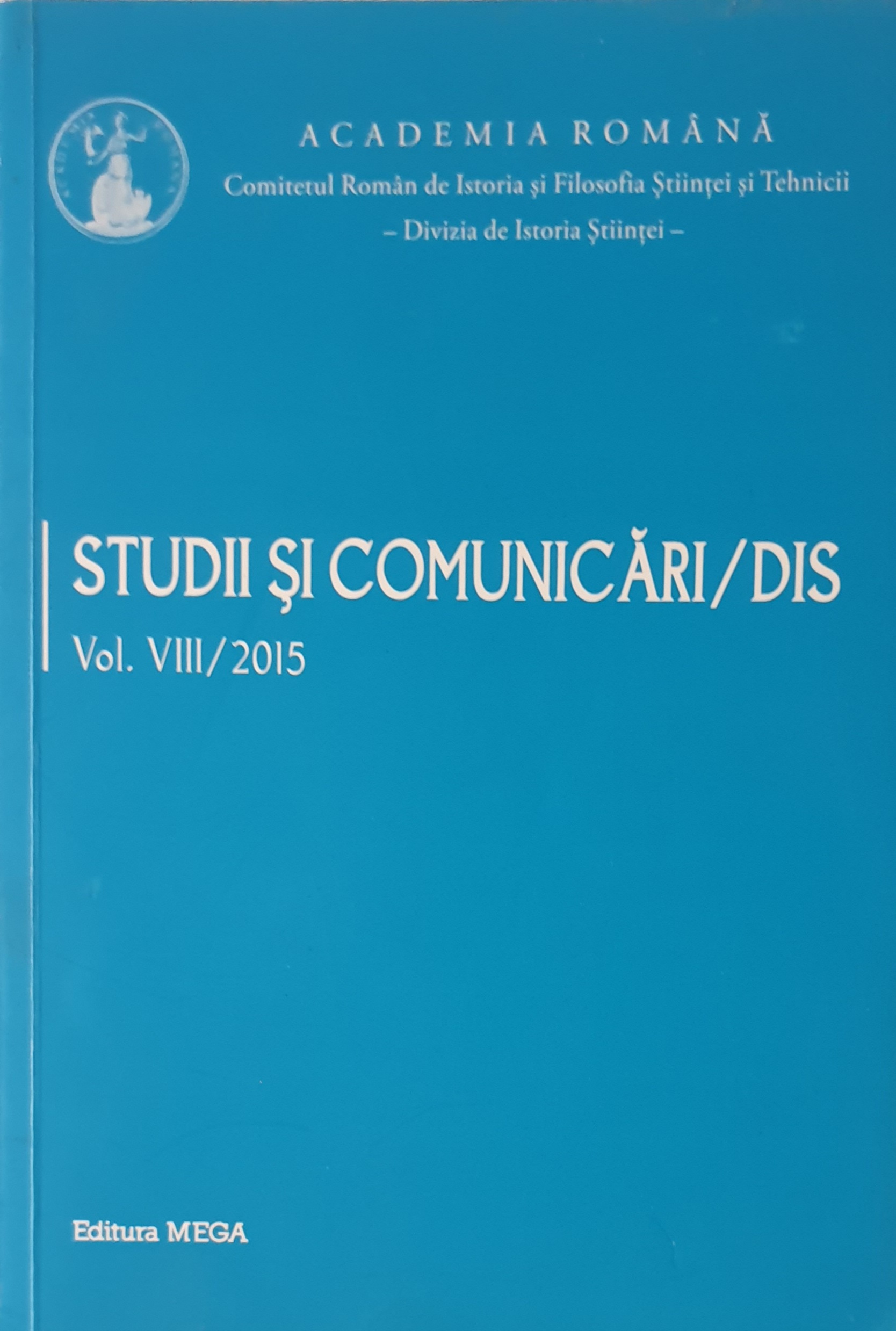Începuturile electroenergeticii în Făgăraș
The Beginnings of Power Engineering in Făgăraș
Author(s): Florentin Olteanu, Vasile Joantă, Elena HelereaSubject(s): Energy and Environmental Studies
Published by: Editura Mega Print SRL
Keywords: Electroenergetics; history; Făgăraş; First Electric Plant of Făgăraş; First Romanian Society of Explosives; SETA Sibiu;
Summary/Abstract: The paper deals with the history of the introduction of electricity in Fagaras town. There is analysed the scientific technique and socio-economic context in which two societies of production of electric energy are developed: First Electric Plant of Fagaras (1905) and First Romanian Society of Explosives (1922). The first period of the development of power engineer ing in Fagaras (1905–1920) is characterised, as in all Carpato Ponto Danubian Space, through the evolution in conditions of free market. There were no restrictions and regulations and the initiatives have come mainly from municipal administra tion. Production of electric energy was obtained with the tipic model used at that time: a generator of continuous current put in action by an engine with external combustion, and later, with internal combustion. For the storage of energy a battery of electric accumulators is used, which is put in operation for cover the overloadings. First Electric Plant of Fagaras had initially a power of 45 kW, in continuous current, and, due to the increasing of the demand of energy, in 1932 the power was increased at 130 kW. First Romanian Society of Explosives has built in Fagaras the factory of explosives, and, for electric drives it used the electricity from an electric plant with a power of 300 kW. Due to the increasing the demand, in 1932 there was designed and implemented a hydroelectric plant which used hydroelectric power of Berivoi river. The village Hurez is supplied with electricity from this electric plant. Another society is involved in production and distribution of electricity: SETA Sibiu, which in 1935 will build the electric network with overhead lines in alternative current. SETA will contribute to the modernisation of supplying with electric energy Fagaras town and the the surrounding villages. The paper analyses the elements of increasing the power of electric plants in the period 1905–1950, together with economic and social implication at local level.
Journal: STUDII ȘI COMUNICĂRI/DIS
- Issue Year: 8/2015
- Issue No: 8
- Page Range: 191-202
- Page Count: 12
- Language: Romanian

